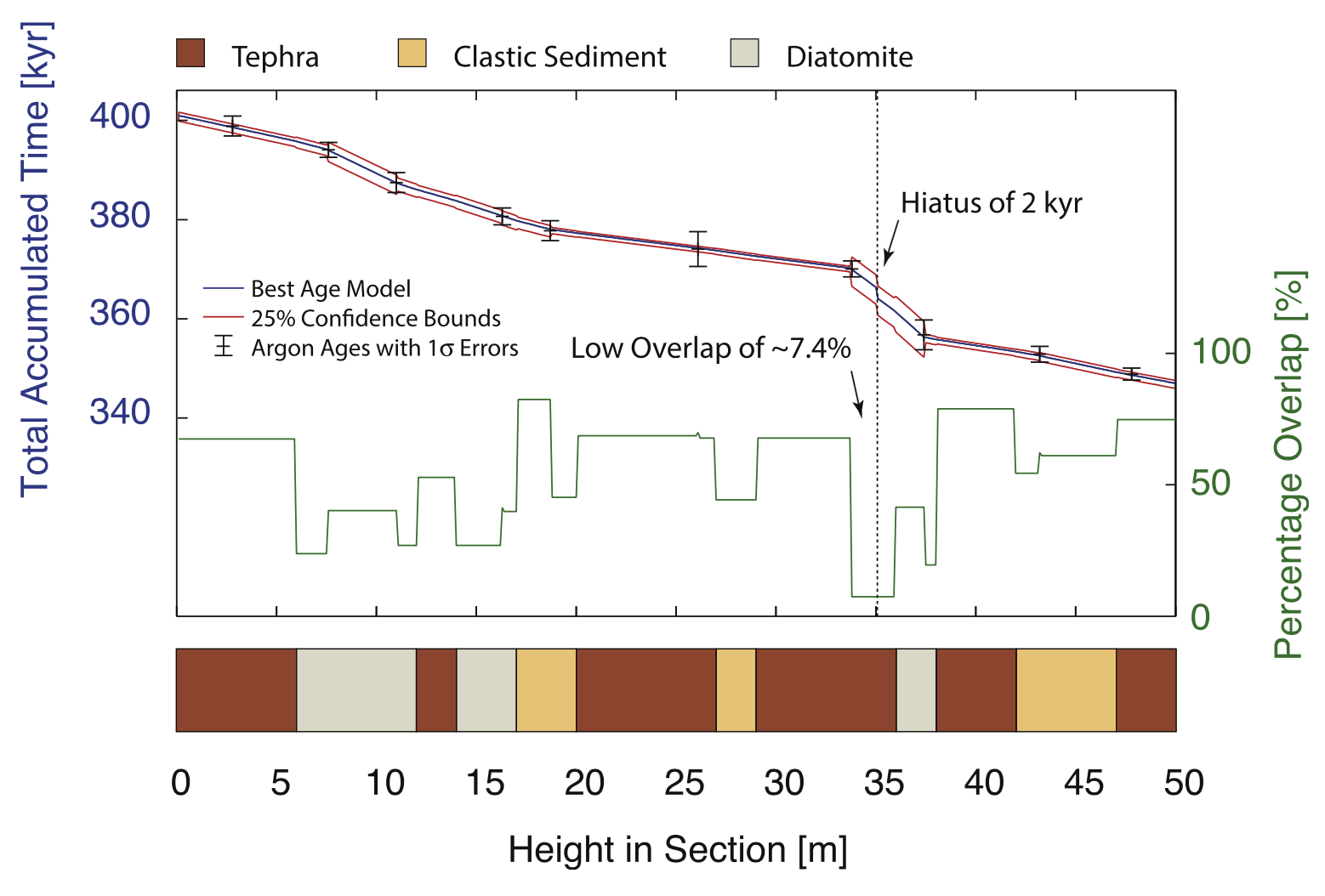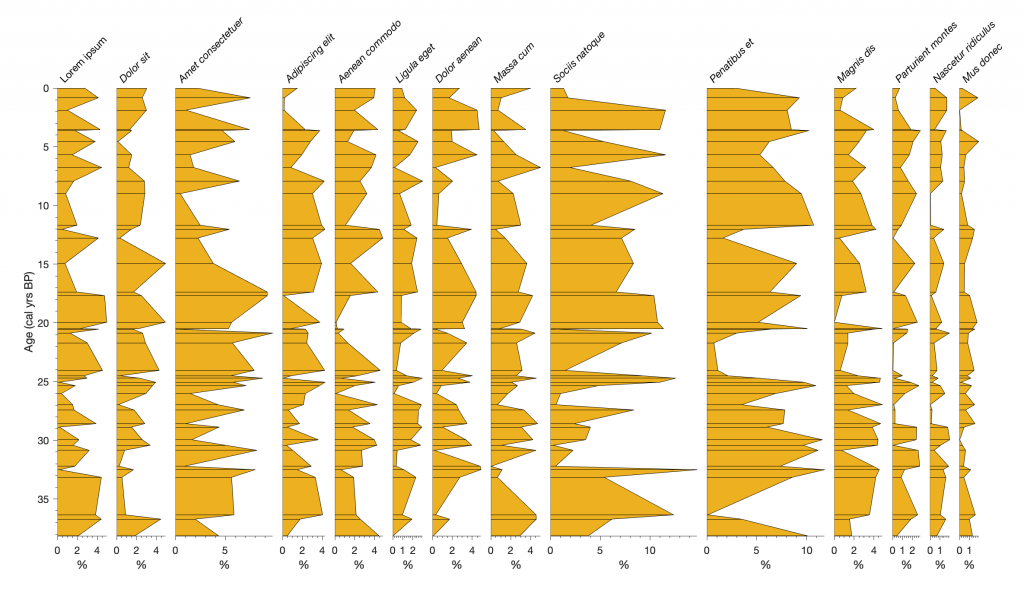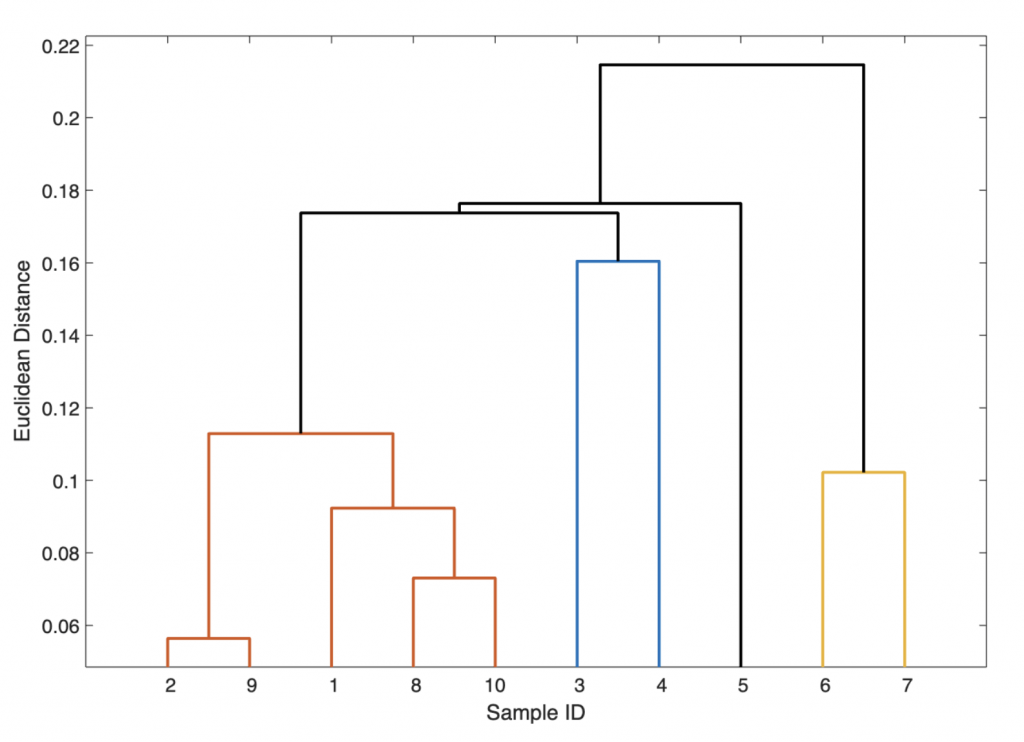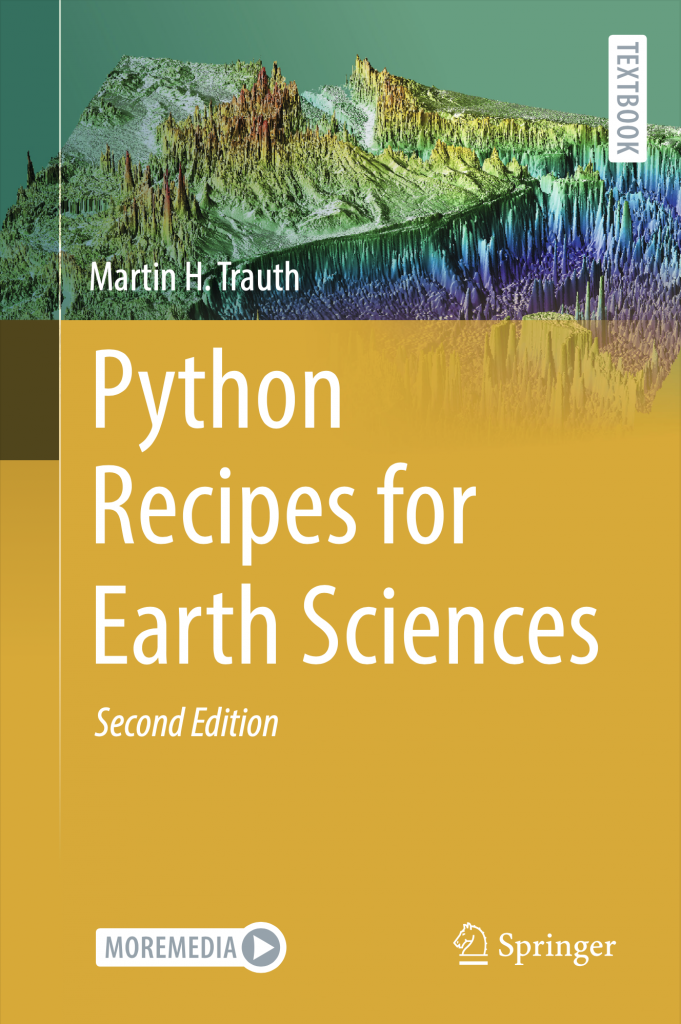
In an article published in Quaternary Geochronology (Trauth, 2014), I introduced a new method for modeling complex stratigraphic sequences. I would like to explain at this point what the result of the modeling is, and what it is not.
Continue reading “Probabilistic Age Modeling for Complex Stratigraphic Sequences”







